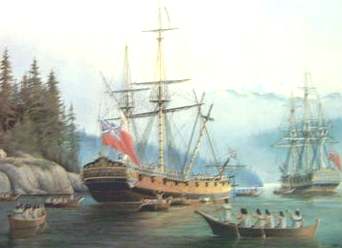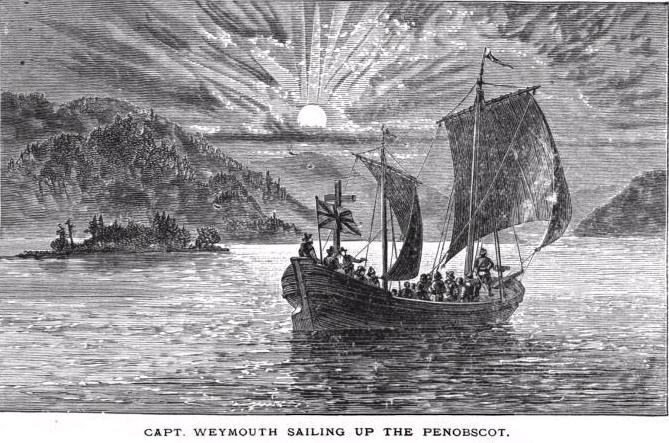The arctic has been, for centuries, the stage of numerous deaths, some of them were provoked by starvation, exposure, Polar bear attacks, etc. but some of these deaths were provoked for the same people who participated on these expeditions. The frontier between what was called "executions"in the official transcriptions of the journals or what could had been called "Crimes" is sometimes a thin line and, depending on the point of view, the "Execution" denomination could be considered even arguable.
This is not an exhaustive list, but to my mind come these cases:
Robert Hood and Michel Terhoaute, First Franklin expedition descending the Coopermine river in 1819.
Robert Hood was allegedly, and almost certainly, killed by the indian Michel Terohaute while they were on their way back towards Fort Enterprise. The things were terrible wrong, John Franklin had gone ahead with the rest of the party leaving at Hood, Dr Richardson, John Hepburn and Michel behind. Michel Teroahute shot Hood in the back of his head after a bitter discussion while they were camped. In this case the situation was clear, it seems that it was actually a crime (Fergus Fleming in "Barrow Boys" suggested boldly that Hood could have been killed to be eaten for the rest of his British mates).
When Dr. Richardson and the sailor John Hepburn decided to move forward towards Fort Enterprise Midhel Terohaute began to behave strangely and violently. John Richardson then killed him shooting him in the head. This was officially considered an execution, though Willard Wentzel, the Northwest Company representative asked for doing a proper investigation, but nobody listened to him.
Patrick Coleman Second Hall expedition to locate the alleged survivors of the Franklin last expedition. 1868.
Charles Francis Hall, during his second expedition shot on the 31 of July of 1868 one of the five sailors he had previously hired after a bitter discussion with them. The discussion was provoked by Hall who went to the tent, where those men were resting after having been out the whole day. He asked them for an explanation about why had they spent so many time out the camp to do a job which must have lasted only a few hours.
Hall asked for the rifle which one of the sailors had, went to his tent, took a revolver, came back to the tent and shot Pat. The poor man agony lasted two weeks before dying. Some of the Inuit witnesses said that they were afraid of the life of Hall because the discussion was very violent. However, one of the sailors said time after that the situation could have been controlled with the proper management, perhaps for a more tempered man than Hall.
This is not clear if it was an execution or a crime or none of both, it seems that Hall acted in self defence, but the fact that Patrick was unarmed and that Hall could have gone to his tent and return with his gun without being stopped by the sailors suggest that the things weren´t so extreme.
Thomas Simpson Return expedition to England 1840
This is one of the darkest stories of crime of the Arctic. Thomas Simpson was on his return trip towards England after the authorities had not answered his proposals to complete the location of the Northwest Passage. On his way back, the description of his death says that on June 14 he and some of his Indian mates died in a shoot-out. it seems that Simpson had become crazy, violent and paranoid. Thomas even thought that some of the Indian were trying to kill him. He killed them, and the rest of the men fled. These men found him dead of a shot and his gun was besides him.
Private Charles Henry Greely expedition in 1884
About this specific matter I have few things to say, a complete and thorough description of the facts was done by Glenn Marty Stein on his wonderful article: "An arctic execution" which is available here:
http://pubs.aina.ucalgary.ca/arctic/Arctic64-4-399.pdf
This is perhaps the clearest case. The commander of the expedition ordered his execution, and the order was even written down. Therefore, this was clearly an execution. What perhaps it wasn´t so clear is that the facts had happened as it was told in the oficial account of the expedition and that is the reason why I reccomend, to those who haven´t do yet, the reading of the Glenn´s article.
Another interesting case, again apparently product of the erratic and agressive behaviour of the victim, is that of Ross Gilmore Marvin, a member of the Peary expedition of 1908 who was the leader of one of the supporting parties.
 |
| Ross Gilmore Marvin |
Marvin was 28 years old by the moment he joined the expedition and had participated in the previous Peary´s attempt. He departed with two Inuit cousins, Kudlookto and Inuksutoq. these two men arrived without Marvin days after having left Peary, they told that Marvin had fallen the 10th of april of 1909 into a lead opened in the ice, fifteen days after they departed from Peary´s main party. Seventeen years after, one of the Inuit confessed having shot Marvin because of his crazy behaviour. To make the things even more confusing, in 1954, apparently, Kudlookto told Peary´s daughter that he had been inclined to make that confession influenced by some sort of religious histeria.
Marvin was an enthusiast, absolutely motivated, the story told by the Inuk may surprise. He turned back, ordered by Peary, at a latitude of 86 º38 ´´north, at a distance around 370 km from their goal. Maybe being that "close" from the North Pole and having to return could have deeply affected him.
The strange behaviour detailed by the Inuit companions is even rarer if you take into account the high regards on which he was considered. In Mathew Henson own words Professor Marvin was "a quiet, earnest person, and has had plenty of practical experience besides his splendid education.". The church service performed in his honor, available here, is
full of compliments made by Peary and others.
Peary´s plans about who would form part of the final team which would press to the final target were unknown by the men, not even Mathew henson was aware of that who said:
"My heart stopped palpitating, I breathed easier, and my mind was relieved. It was not my turn yet, I was to continue onward and there only remained one person between me and the Pole — the Captain. We knew Commander Peary's general plan: that, at the end of cer-tain periods, certain parties would turn south to the land and the ship "
But it looks that Marvin feet were badly frozen by the time he had to come back to the mainland or the ship, Peary had sent him back once before to reach a previous and far depot to bring a surplus of alcohol for the main party, that extra effort could have affected very badly his phisical and mental conditions.
It is evident from Mathew Henson narrative of the expedition that he had developed a special fondness towards Marvin, at the end of it surprisingly writes this:
"but the one ever-present thought in my mind was of Marvin, and of his death. I thought of him, and of his kindness to me ; and the picture of his widowed mother, patiently waiting the return of her son, was before me all of the time. I thought of my own mother, whom I scarcely remembered, and I sincerely wished that it had been me who had been taken."
Nobody reading this was there to witness and therefore nobody can tell what actually happened no matter how strong could be the clues or trustworthy the confessions, so there are no factual reasons to believe one or other theory wich make this death controversial. Drowning in icy seas was very common in polar explorations and it is sadly still happening during these days in modern expedirions, but it is doubtful that anyone could have fabricated such a tale like that told by the Inuit who could have confronted a very severe punishment. I am, like many others, much more prone to think that Marvin was actually shot and that he didn´t drown, but what actually happened to provoke such an extreme act is not completely clear. It was said that Marvin had the intention of abandoning Kudlookto and that he didn´t allow Inuksotoq to get into his igloo, which would have meant the certain death of both men but there is also another possibility, that the two cousins could have killed or abandoned Marvin in order not to delay their return to safety. We shouldn´t forget that Inuit were absolutely scared of advancing into sea ice and we know from many polar accounts the terrible effects of having an injured member in the team who can´t follow the desperated pace needed in such extreme straits. More likely, playing the king Salomon Role, Marvin was pressed by the Inuit to go faster when he couldn´t and that could have driven Marvin crazy or desperate who could have threaten his two companions not to leave him alone, maybe he even didn´t allow one of them to share the igloo because he didn´t trust on him which obviously led to his killing. I am not blaming anyone, of course, it is my believe that arctic explorers used to threat Inuit people to follow their crazy plans, some times frocing them to perform travels which the natives knew were suicidal, so there is not judging here at all, just an evaluation of options.
The fact, is that as Peary said:
"The bones of Ross G. Marvin lie farther north than those of any other human being.”
There is a small memorial in Elmira which you cand find in my Polar explorations memorial map, there is also a dummy grave here. More information can be found here, here
CONCLUSION
Well, I am sure that there are a much higher number of "crimes-executions-self defending killings", but to my mind only comes these ones right now. Anyway, one thing is clear, the Arctic, a place on which I have never been, seems to exert a great and magnificient attraction towards the sensitive people and it makes arise on them the best and most wonderful feelings, but it seems that it has also the capability to transform other kind of people on murderers and paranoids. Cases of paranoid seems to be frequent on these latitudes and, perhaps justified or not, this paranoia usually ended with a murder or with a dead.
To me it is clear that the power of those regions are beyond the limits of understanding of those, like me, who have not been there and that a person, no matter how strong this man or woman could be, phisically or mentally, it is no more than a puppet on the claws of its nature.






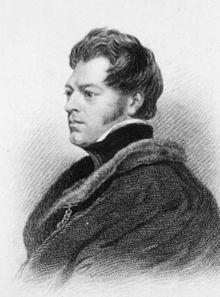




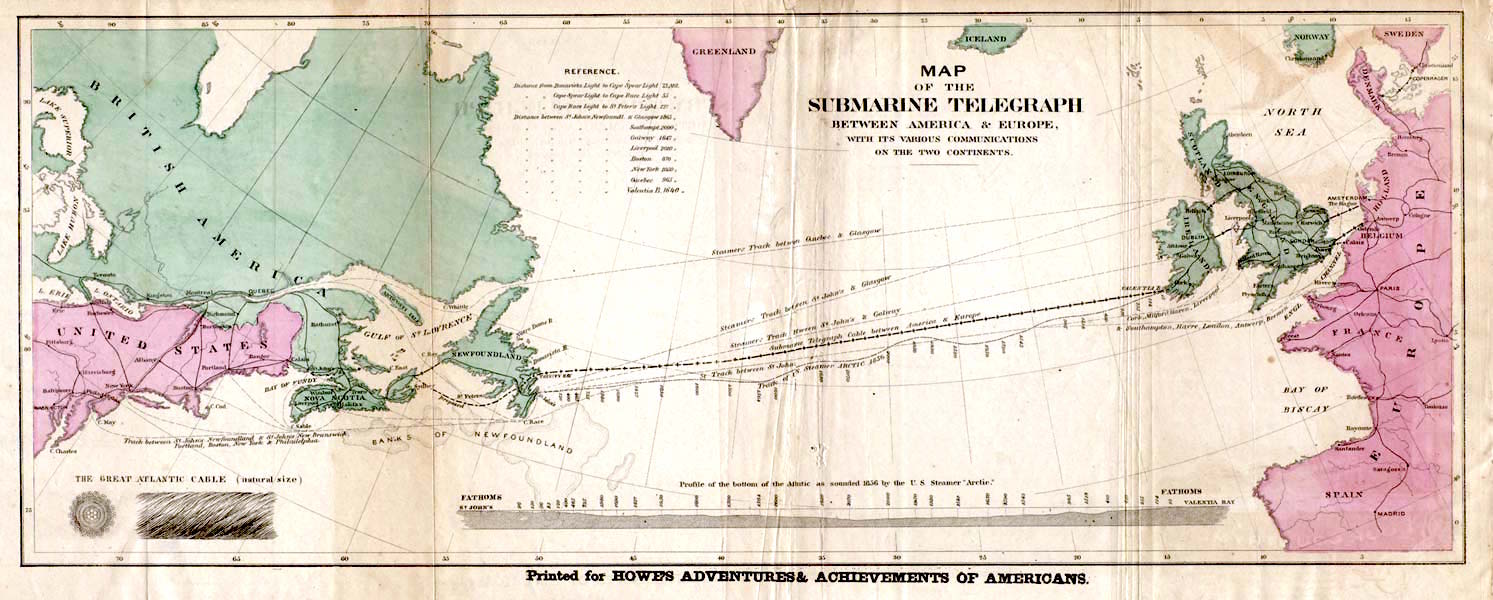



.jpg)




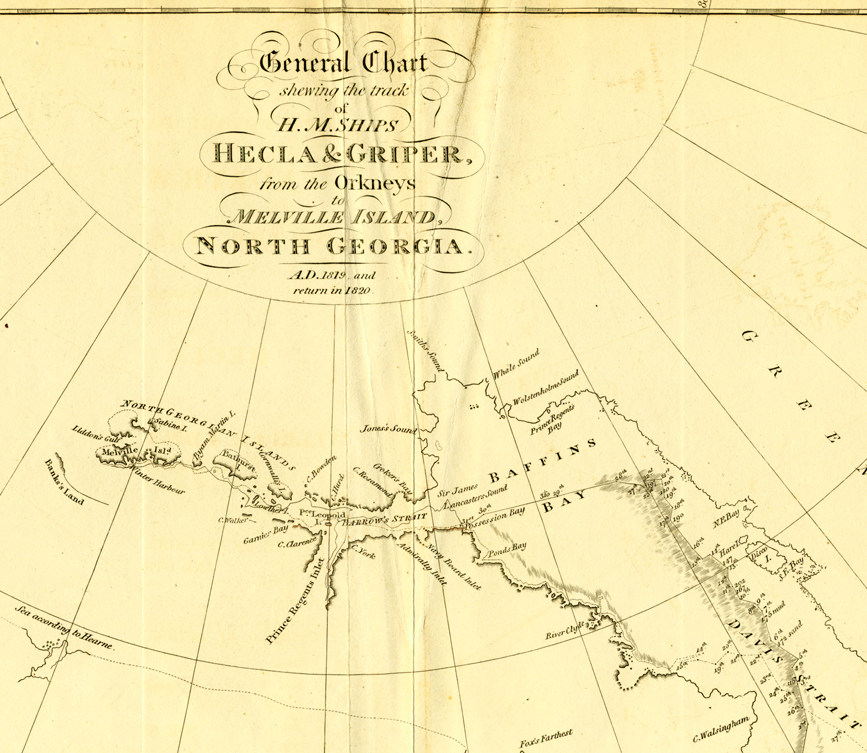
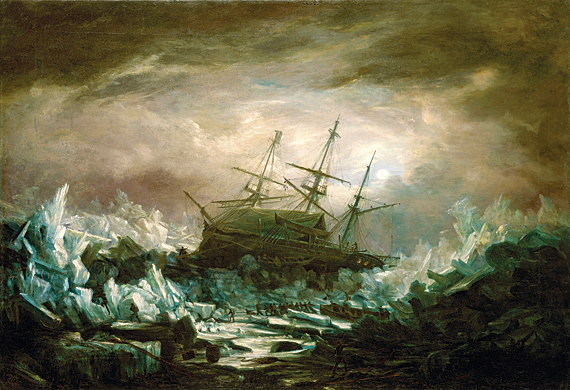

.jpg)
